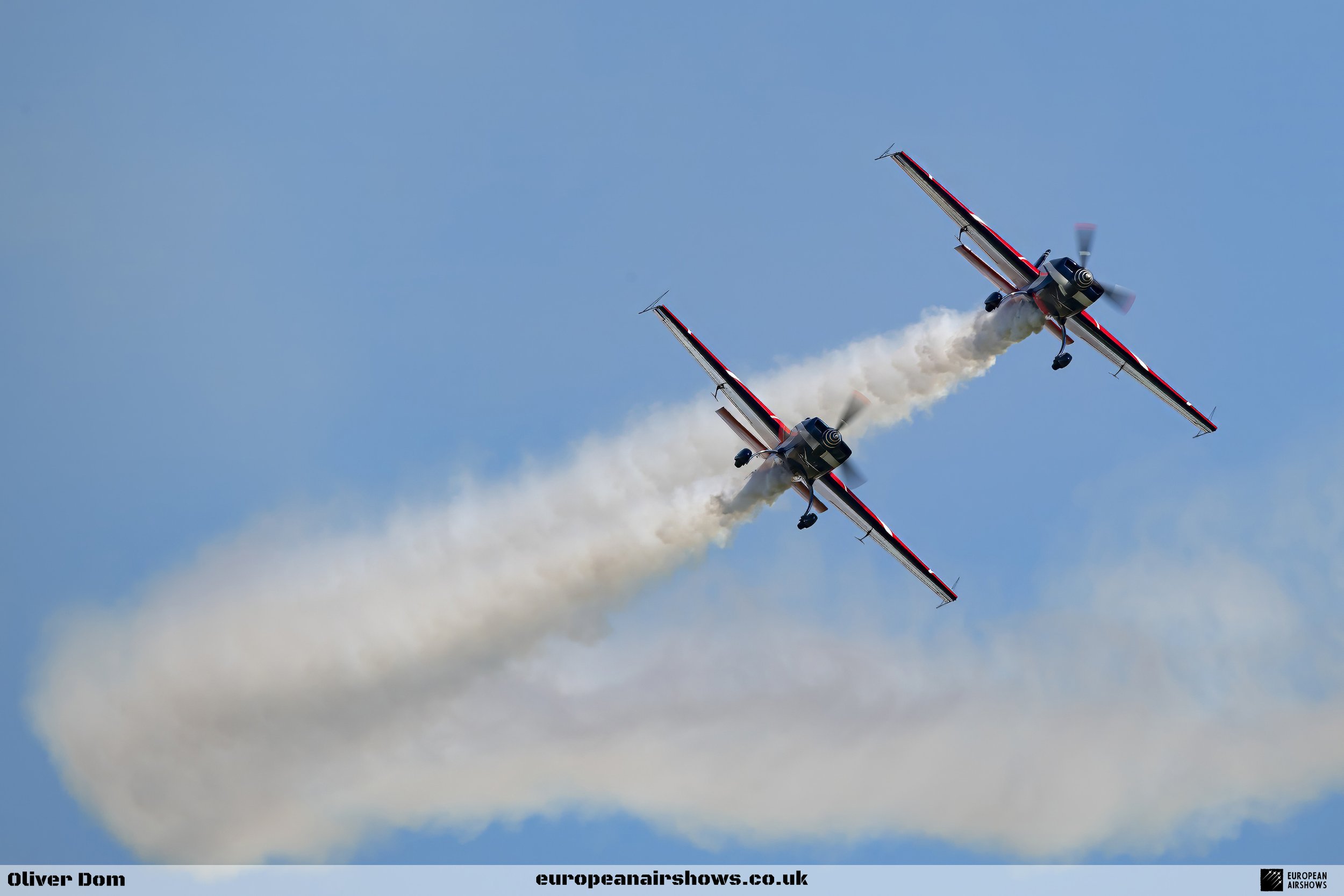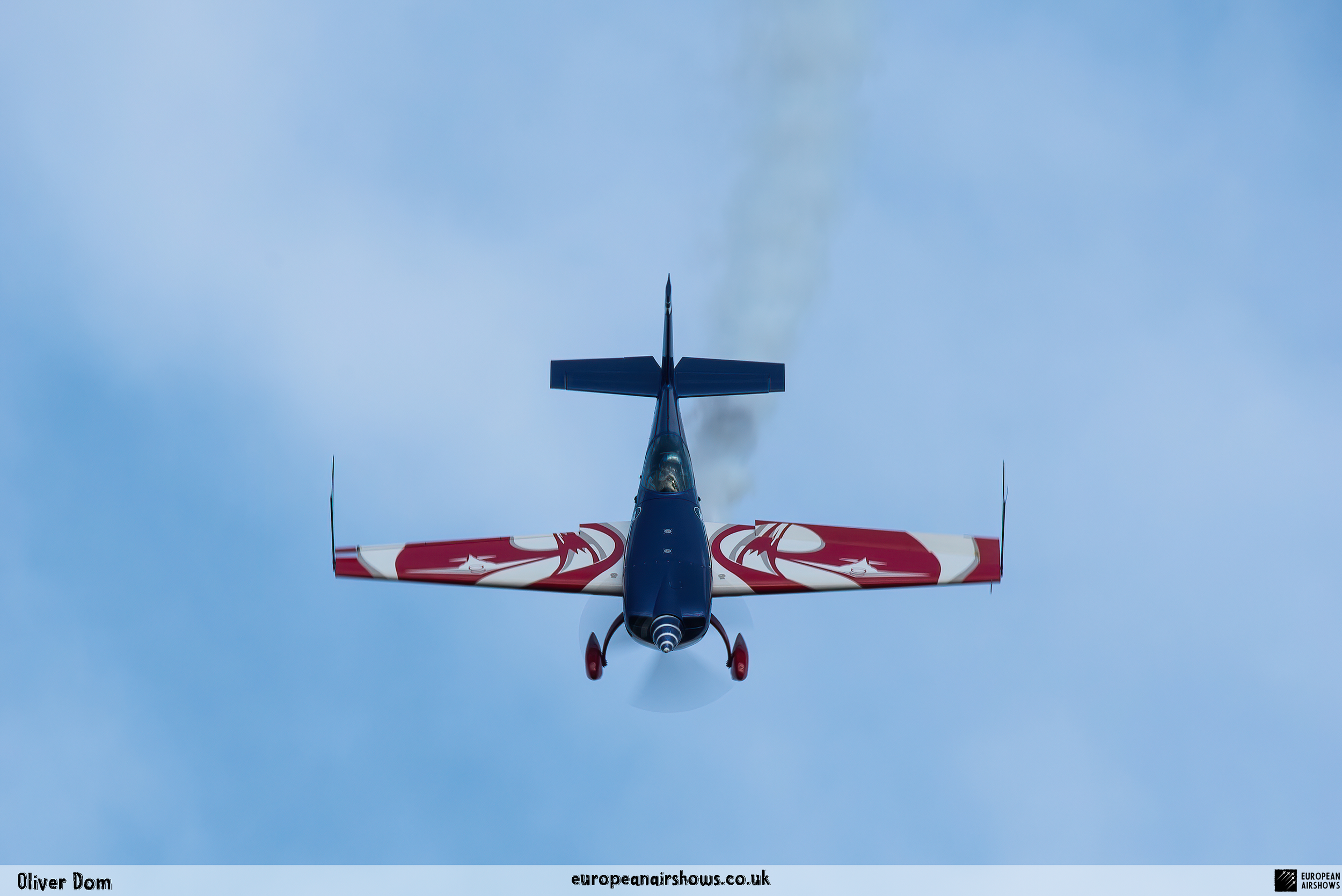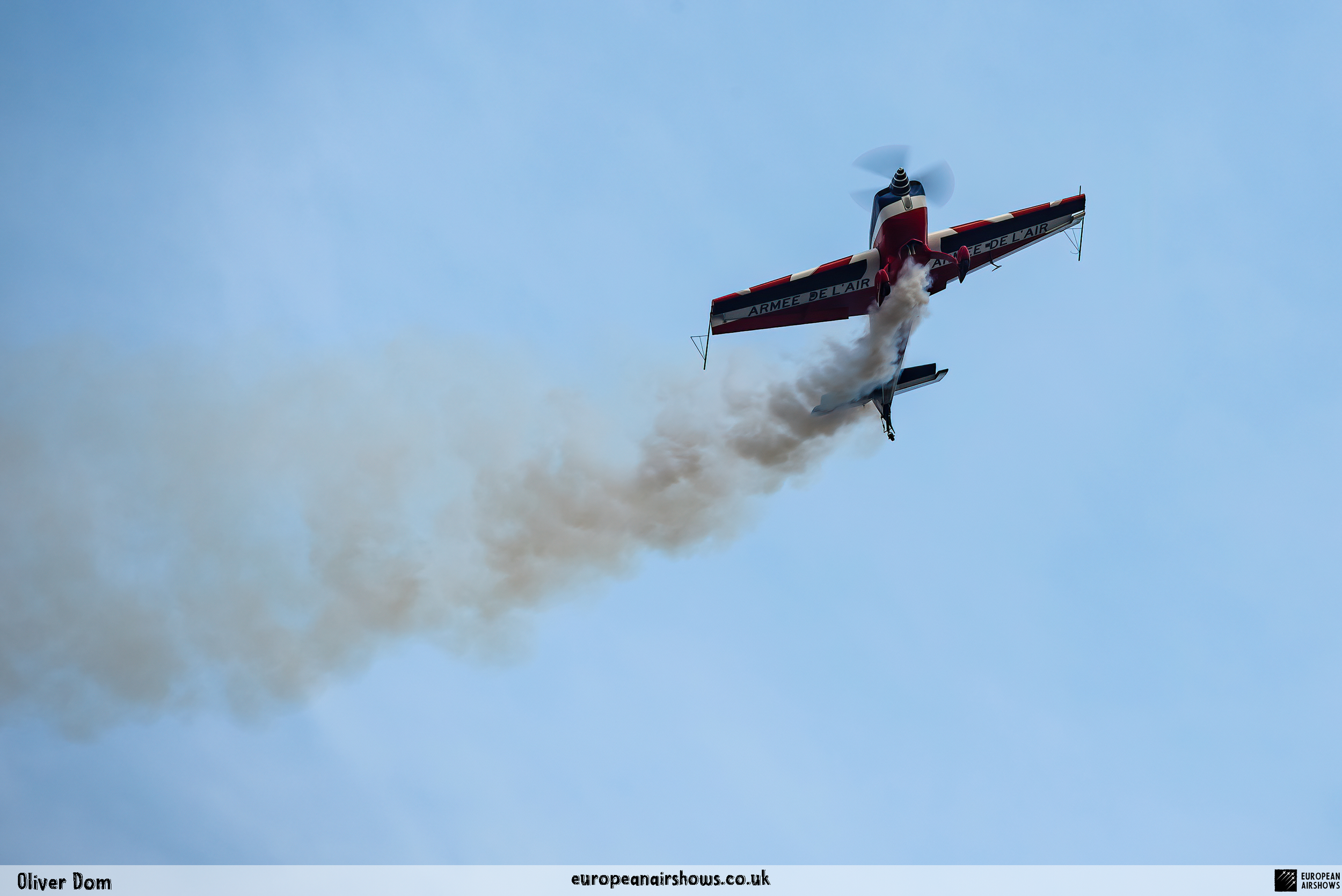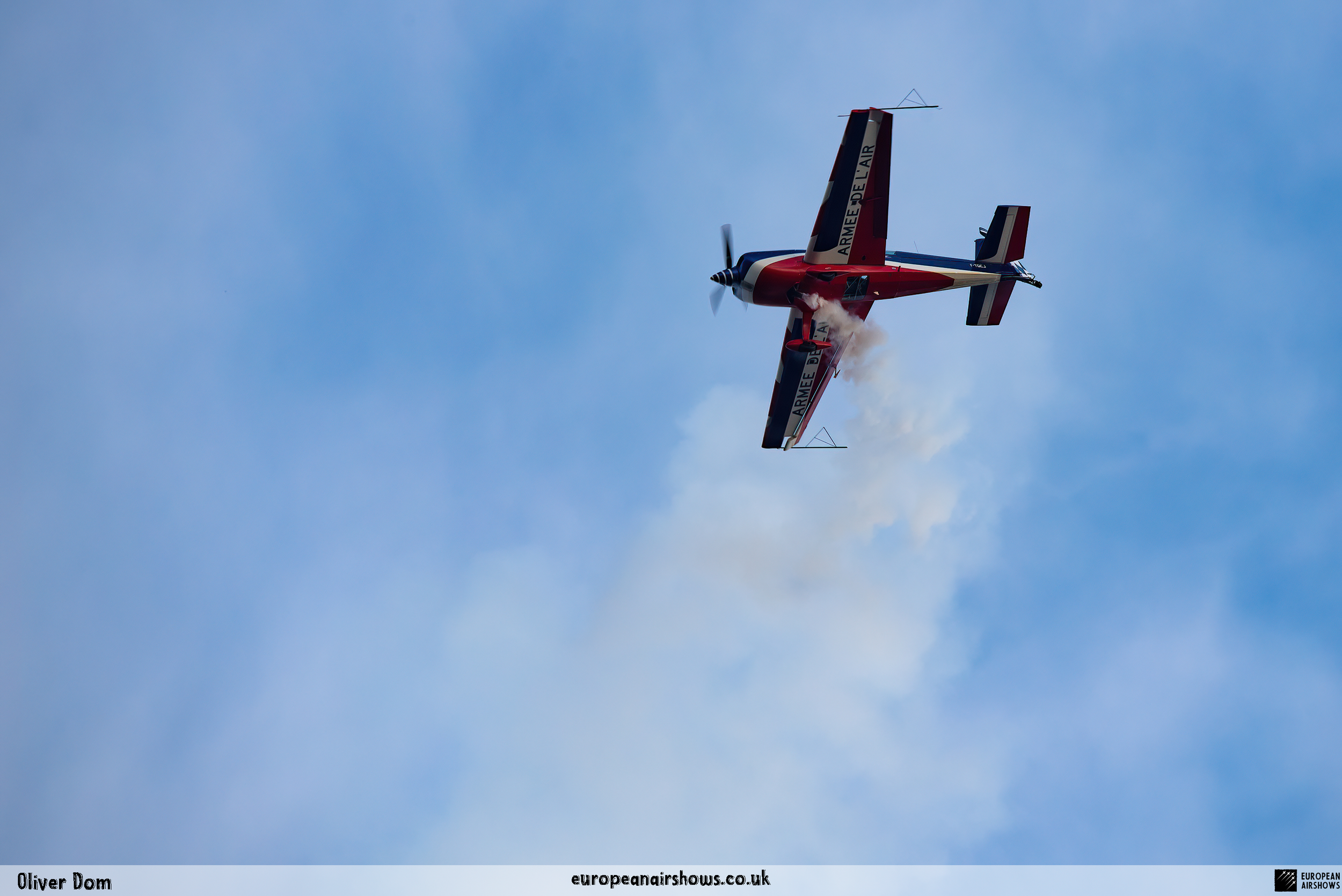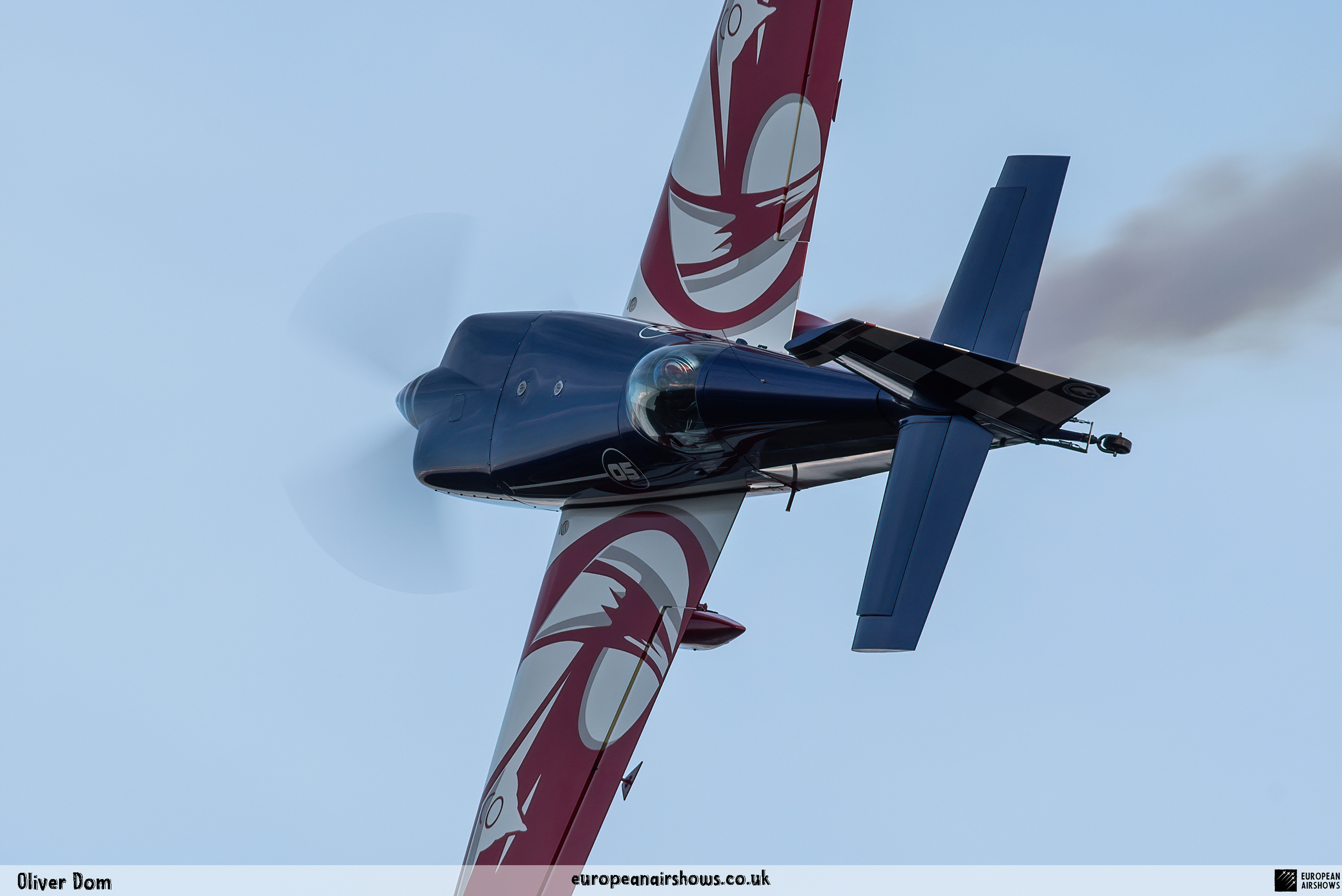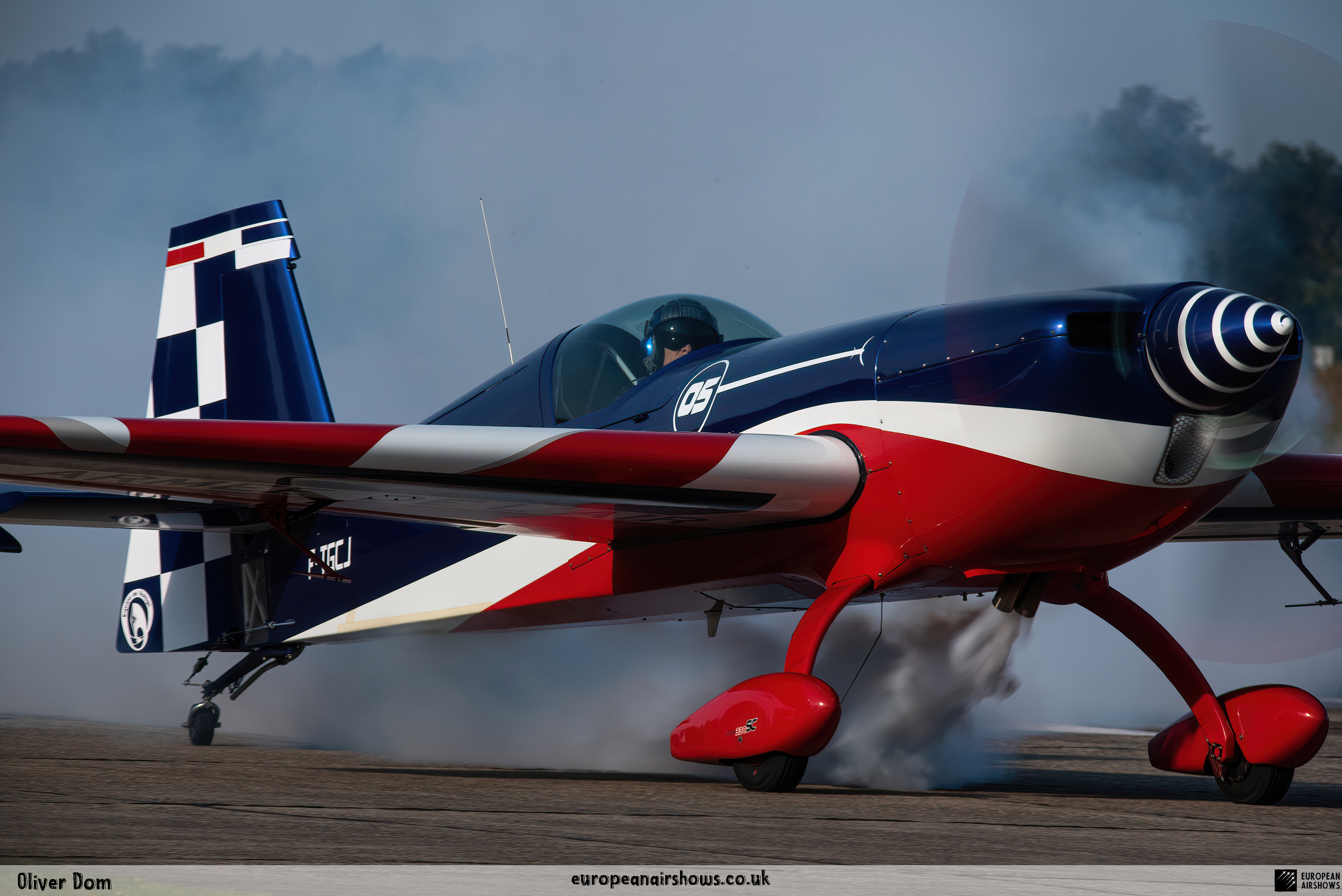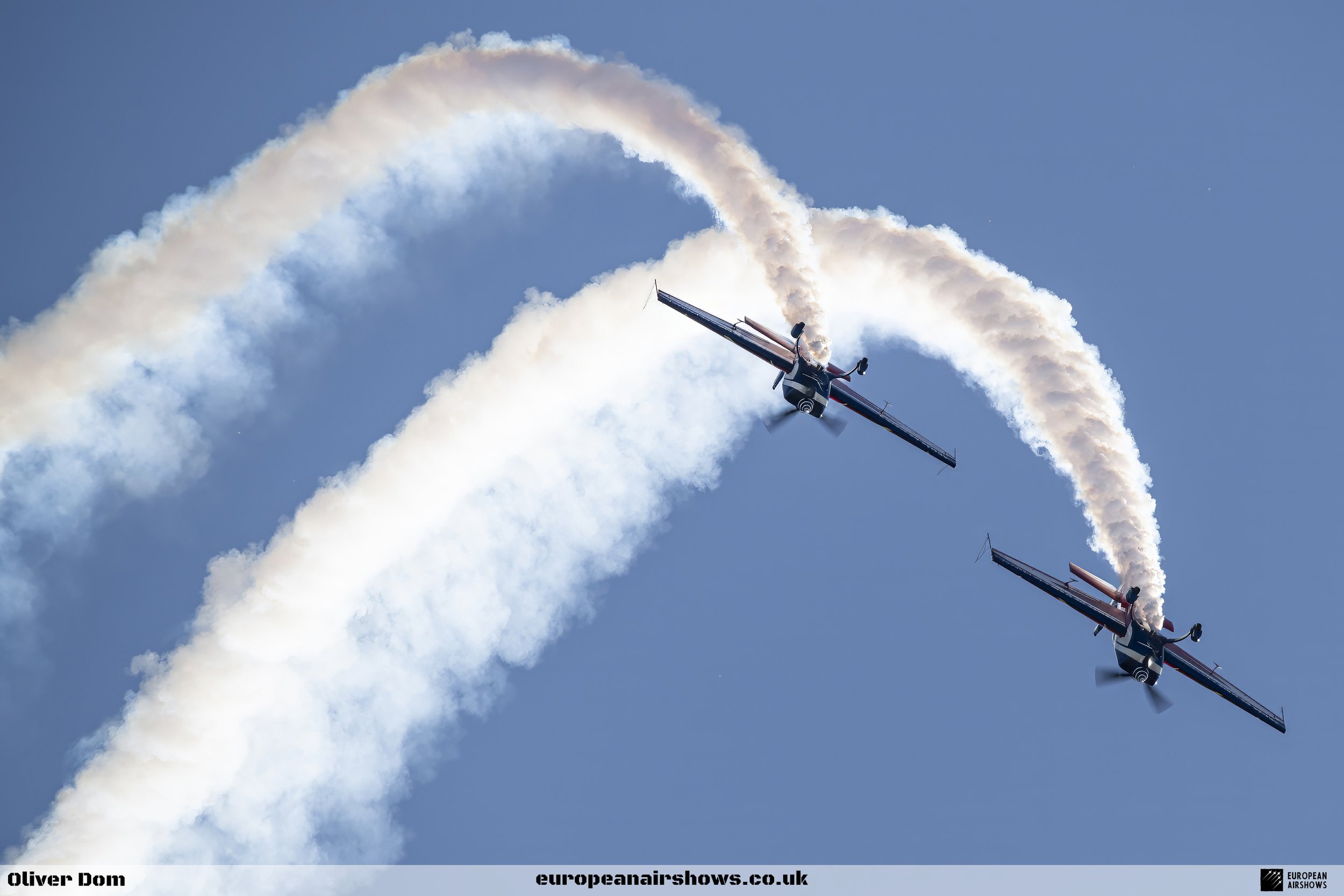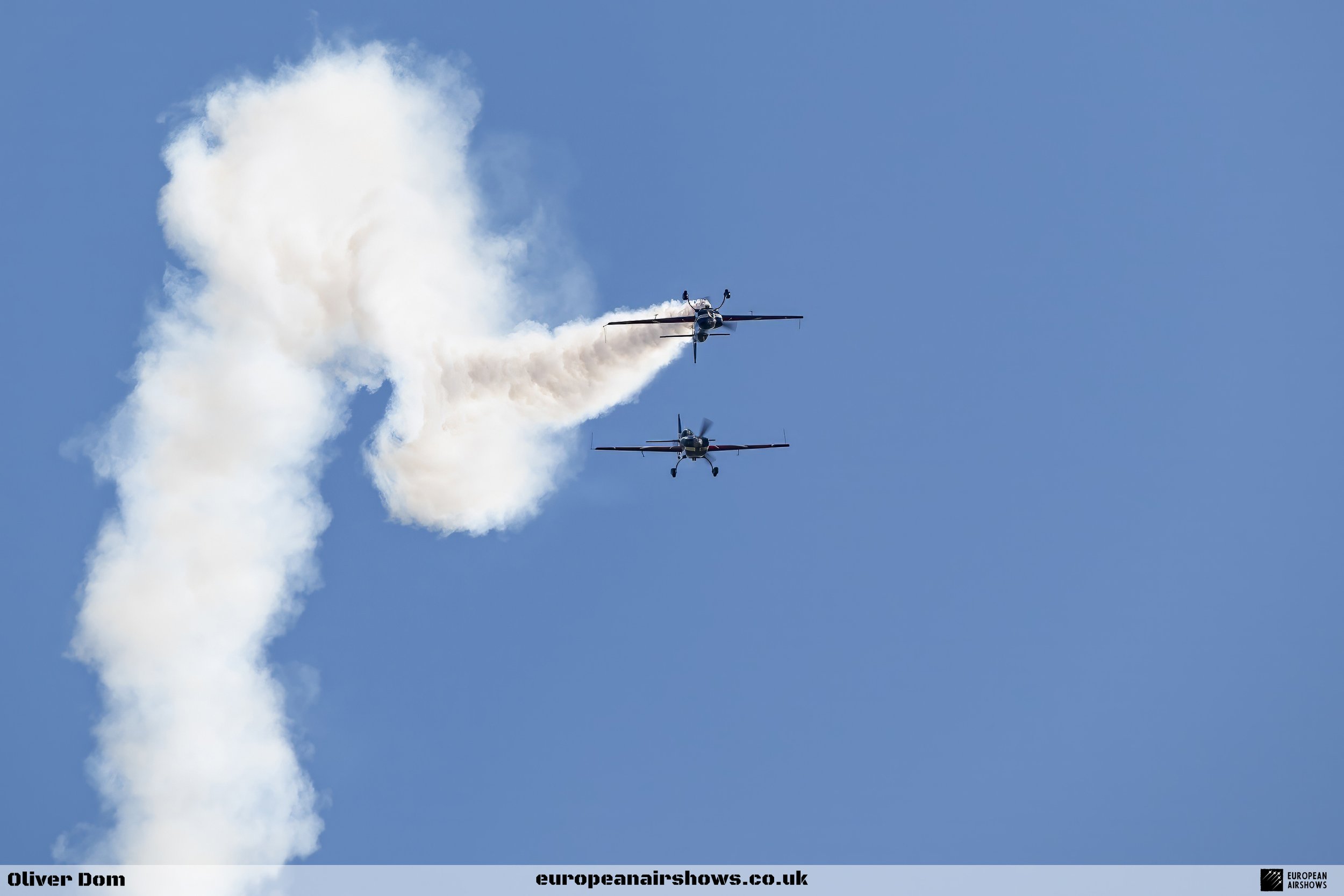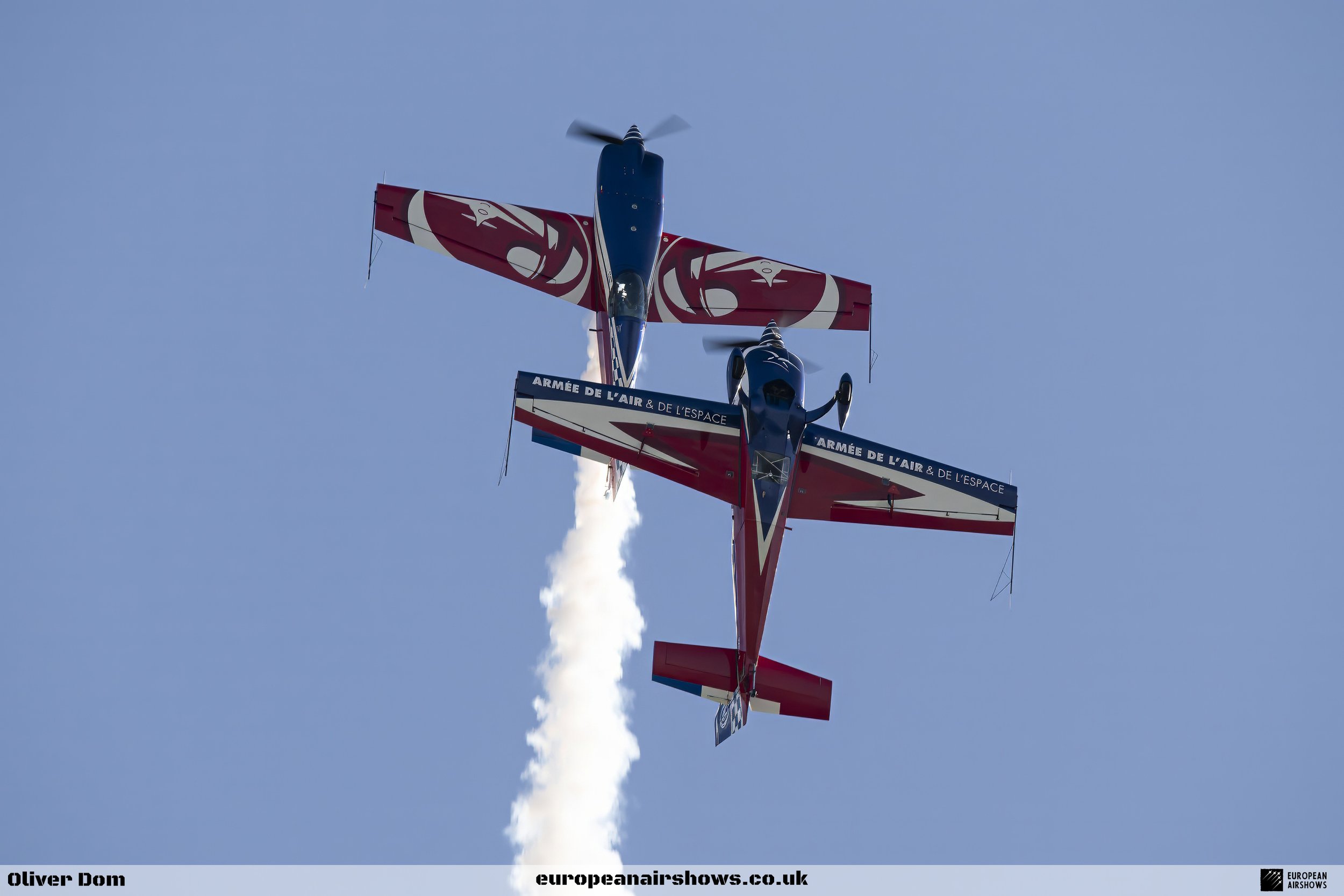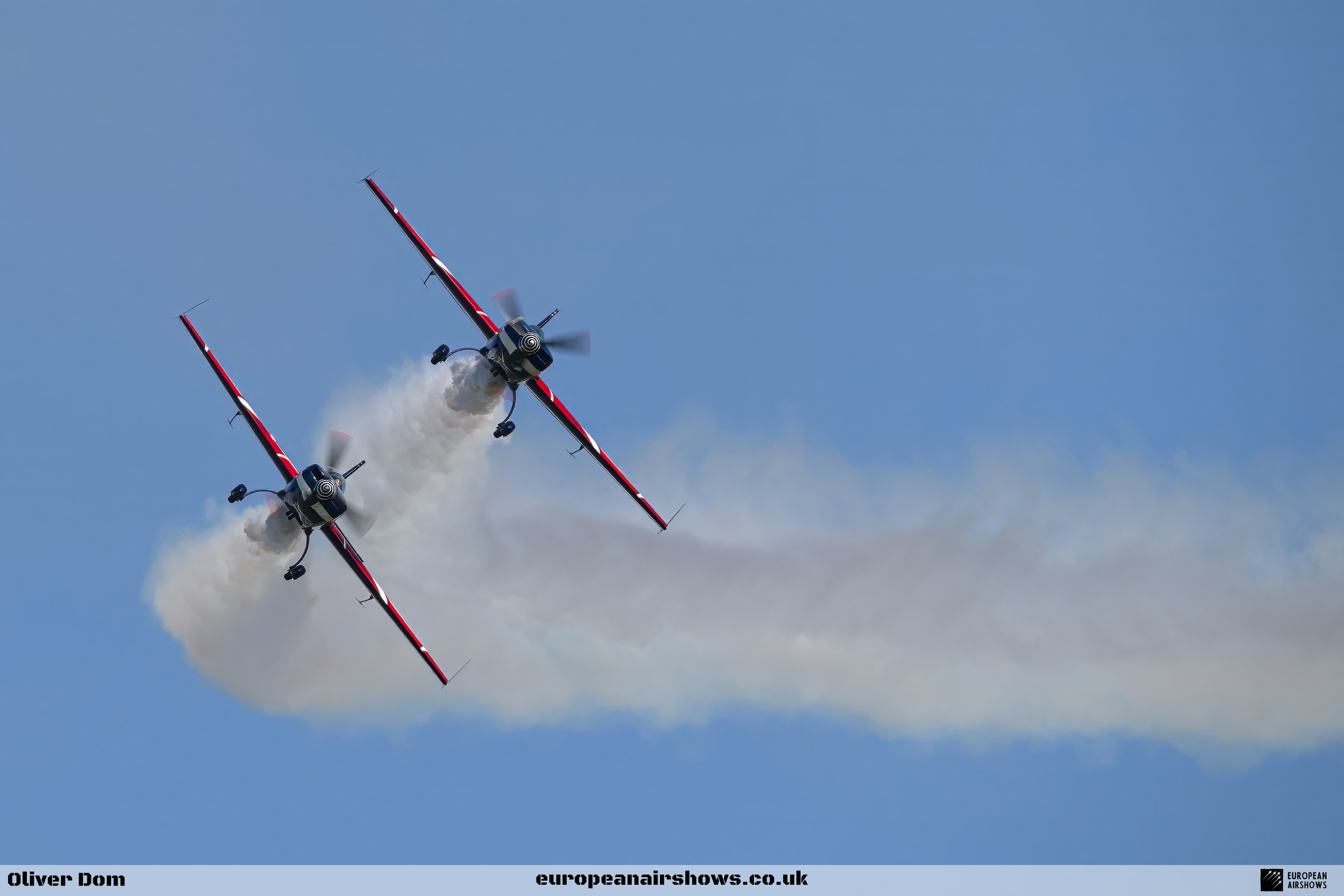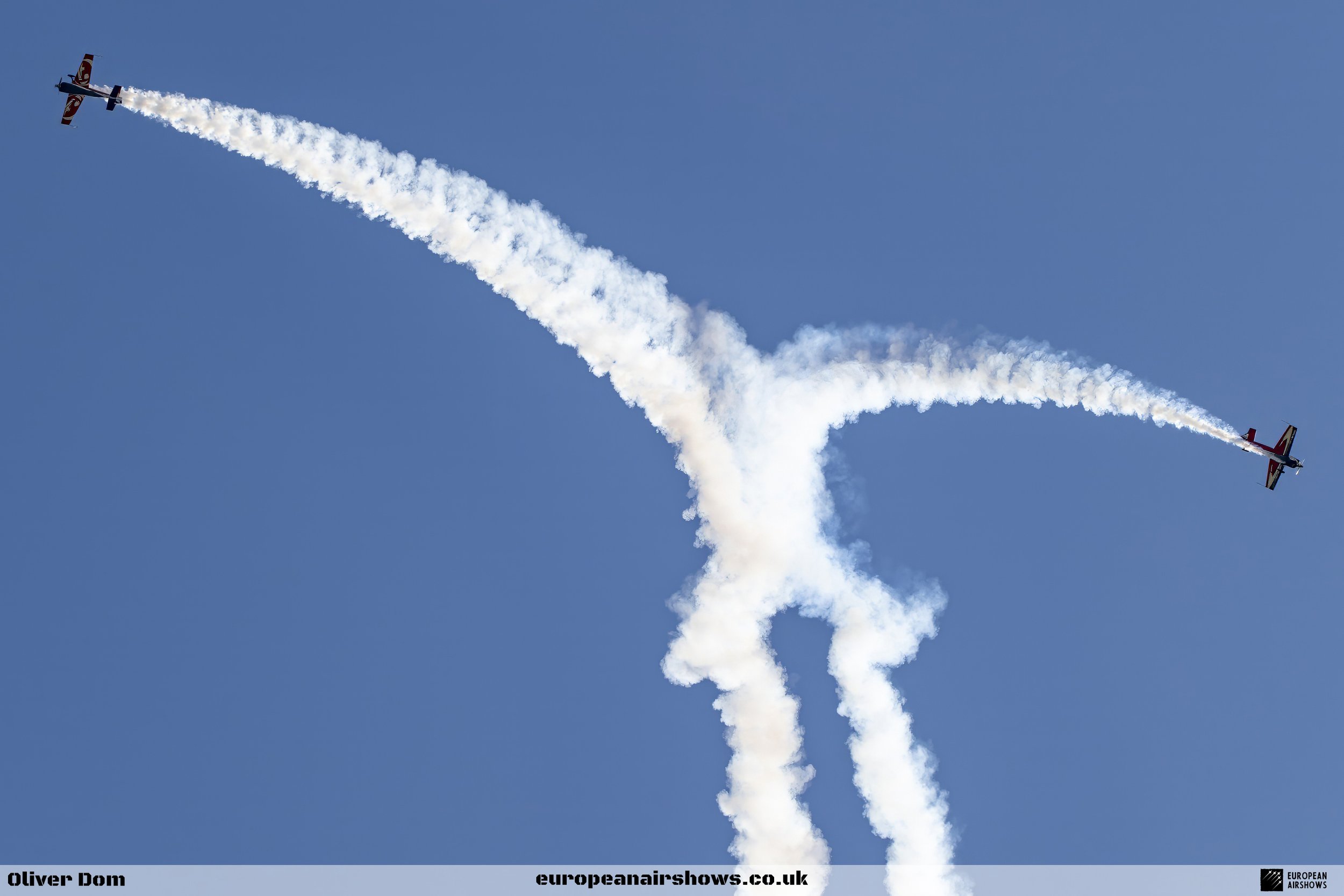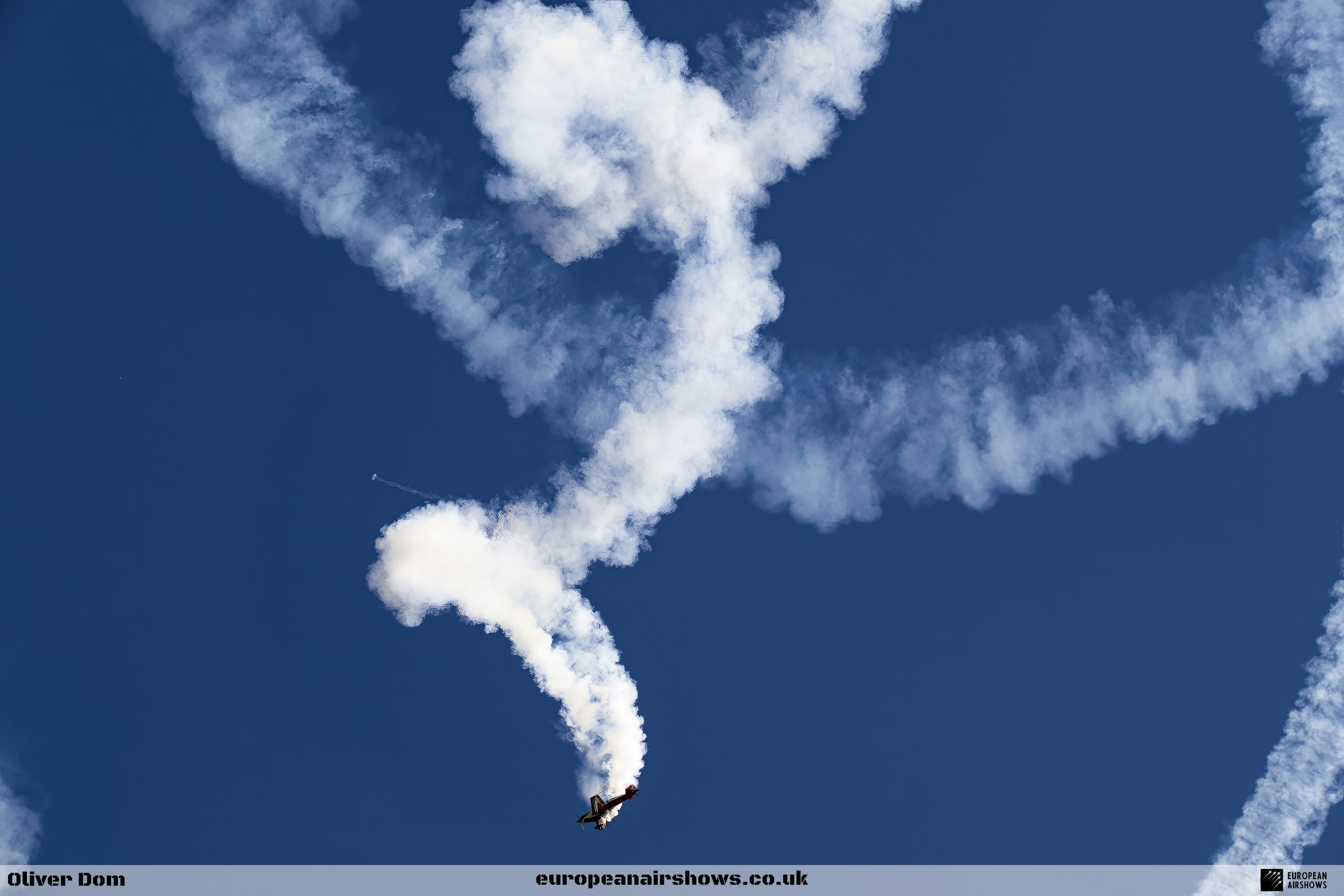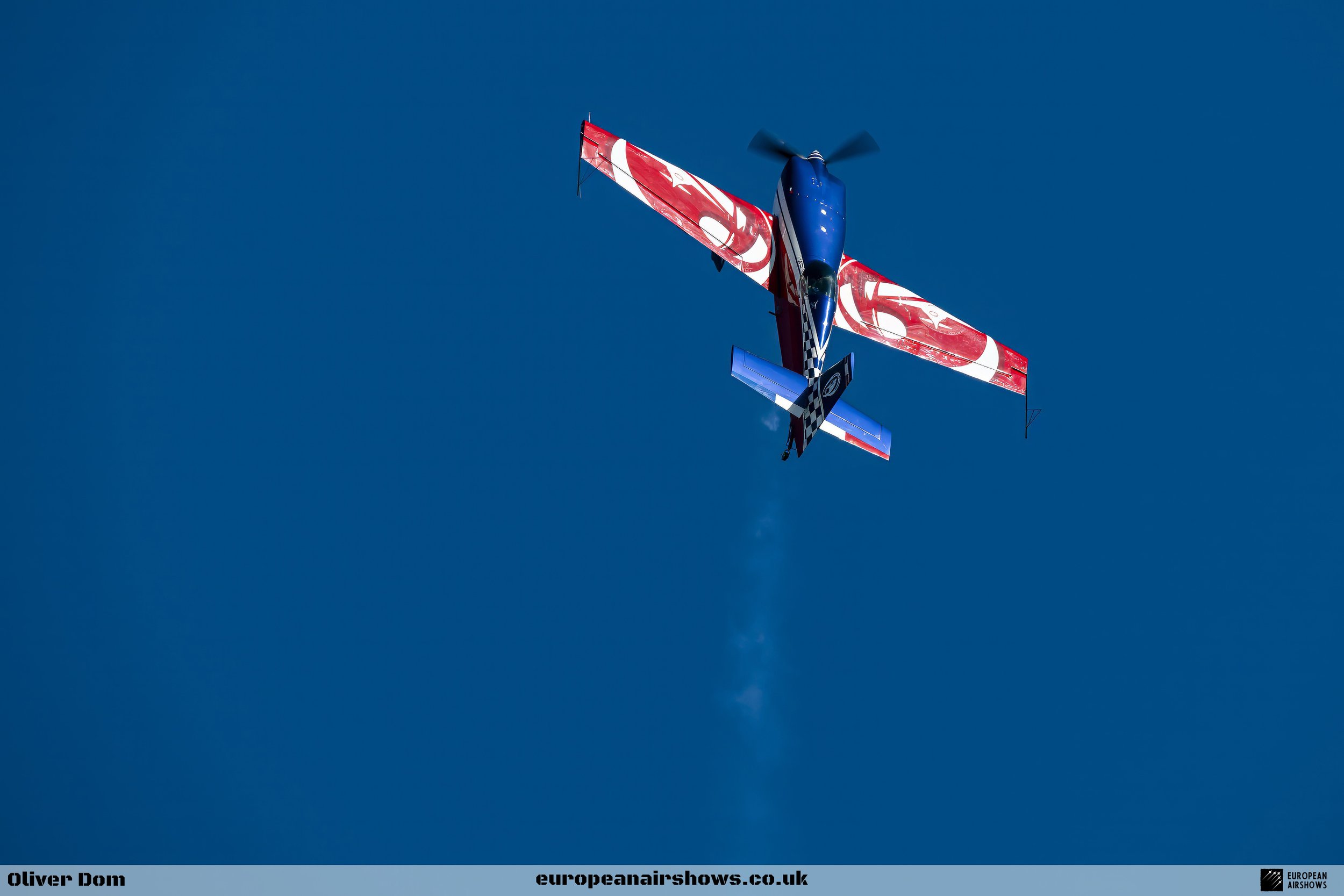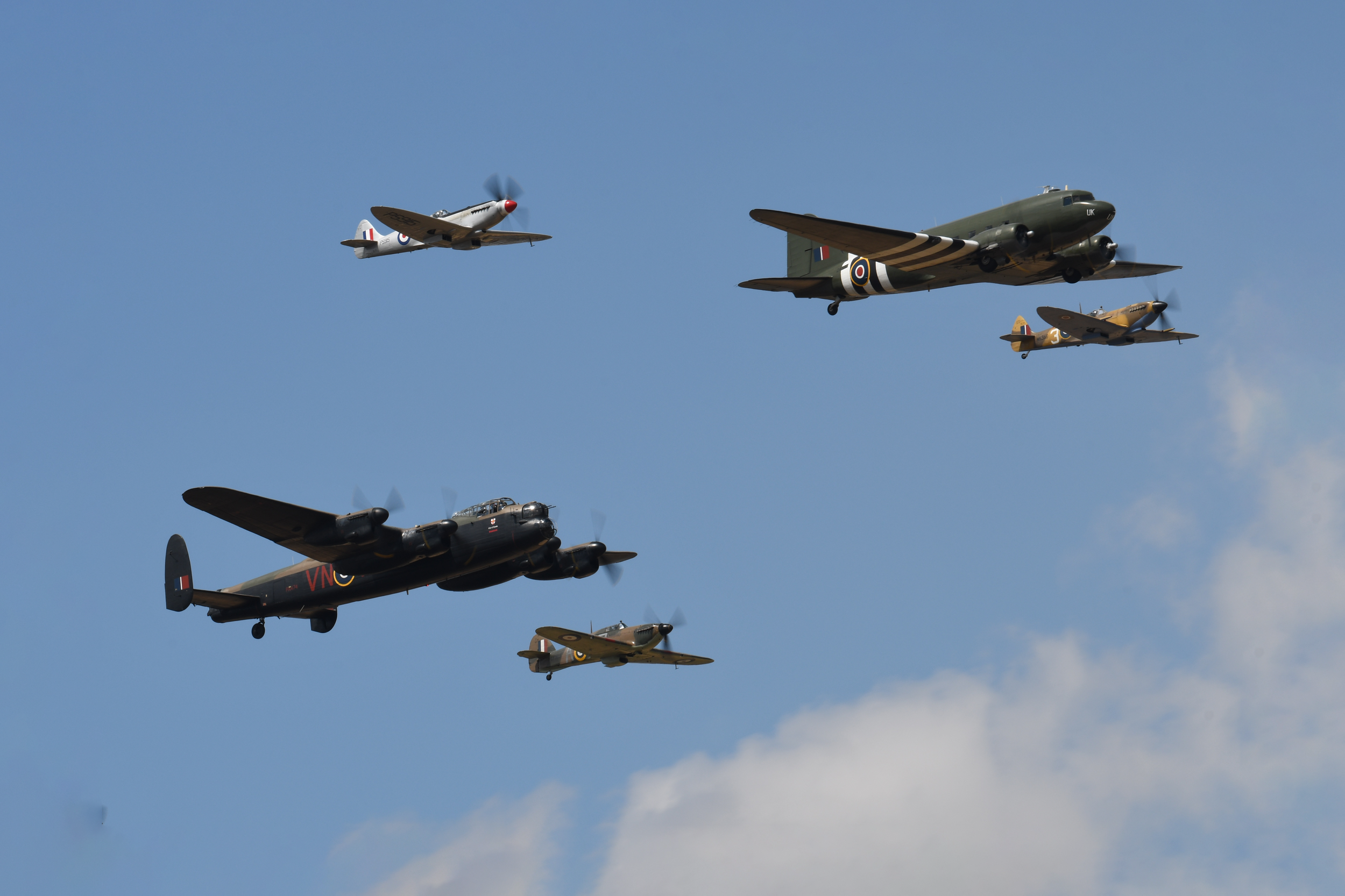Equipe de Voltige
Country
France
Size
1 to 3 Aircraft
Base
Salon-de-Provence Air Base
The Équipe de Voltige de l'Armée de l'Air is a unit of the French Air Force created in 1968. Its mission is to represent the know-how of the Air Force during air shows and international competitions. It is one of the ambassadors of the Air Force, along with the Patrouille de France and the Rafale Solo Display.
History
Whereas before the war, aerobatics such as Michel Detroyat and Marcel Doret moved crowds during air meetings, after the war aerobatics no longer seemed to be of interest and it was necessary to wait a few years before competitions were set up. Thus the first French championships were organized in Saint-Yan in 1954 then the first world championships in Bratislava in 1960. Between 1962 and 1964 the ALAT (French Army Light Aviation) set up its aerobatic team to participate in individual competitions and as a team at airshows, the Air Force participation was absent.
In order to fill this gap, in 1967, General Maurin, Chief of Staff of the Air Force and Pierre Messmer, Minister of the Armed Forces, decided to create the Aerobatic Team with the mission of representing France and the Air Force during airshows and international competitions. On the 1st of March 1968, the aerobatic team of the French Air Force has officially joined the Patrouille de France as the Air Force Presentation Teams.
The first three pilots, Captain Robert Baudoin, Warrant Officer Daniel Héligoin and Staff Sergeant Jacques Lejouan, then flying on the Stampe SV4s borrowed from the Aeronautical Training Service performed their first public display at the Salon-de-Provence Air Base on the 25 of April 1968. In June, Sergeant Lejouan won his first victory for the EVA. But, at the beginning of 1969, technical problems accumulated on the Stampe which were also outdated in the field of aerobatics. On September 2nd, 1969, Jean-Claude Champion dies in the accident of his Stampe. After the crash, EVA decided to replace the Stampe with a Nord 3202 and then Zlín Z-526 which were loaned for a few months. In the meantime, the construction of new aerobatic aircraft is undertaken to allow the EVAA to have its own aircraft. In 1970 the team received a new aircraft: Cap 10 two-seater for training and demonstration and Cap 20 single-seater for competition aerobatics. Cap 20 were then painted yellow with a black checkerboard on the tail while Cap 10 were white with a black checkerboard.
On June 30th, 1974 another tragedy strikes the team when Robert Dousson dies at the controls of a Cap 20 after losing part of the leading edge following a figure performed under too high a load factor. In 1976, the planes received a new tricolour (blue, white and red) livery. Lieutenant Feltes and Adjutant Sbihi became the French Aerobatic Champions in 1977 and 1978 respectively. In 1979, the Aerobatic Team changed its name and became the Équipe de voltige de l'Armée de l'air (Air Force Aerobatic Team or EVAA for short). From 1982 to 1988, the French Championships were won each year by an EVAA pilot. However, the Cap 20 was too heavy to win international competitions, so in 1984, the study of a new more competitive aircraft was launched. The result of these studies was the Cap 230 aerobatic aircraft which entered service in 1986. It allowed the EVAA to participate in the World Championships in 1986 and the European Championships in 1987. On June 16th, 1987 Lieutenant Eric Kopinski and Sergeant Guy Ecobichon died in the Cap 10B accident at La Charité-sur-Loire. Finally, at the 1988 World Championships, the CAP 230 enabled the pilots to win two gold medals and three bronze. In 1989, Staff Sergeant Sylvie Breton was the first woman to become an EVAA pilot, she became the French aerobatic champion the following year.
In 1990, an improved version, the Cap 231 was delivered to the EVAA. From that year on, Cap 231 allowed EVAA to shine at the World Championships in Yverdon, Switzerland: Claude Bessiere was crowned Elite World Champion with Cap 231, in all the three pilots Mondière, Claude Bessière, Patrick Paris brought back 9 medals. In 1998, the pilots of the Air Force Aerobatic Team participated in a study conducted by the Institute of Aerospace Medicine of the Army Health Service (IMASSA) to determine the effects of aerobatics on oxygen consumption and control of the pilot's heart rate.
After having waited for them since 1995, the EVAA received two Cap 232 in September and December 1995. With their carbon-fibre wings, giving them a phenomenal roll rate, the new aircraft gave the pilots higher chances of winning in the international competitions. Between 2002 and 2005, the EVAA won numerous titles and successes in competitions: two-seater French champion in 2002, single-seater French champion in 2004, team medalist several times in international events. On August 30th, 2005 the fatal accident of Captain Jean-Michel Delorme, in Saint-Yan, due to a structural failure, led to the end of flights on Cap 232. The pilots of the team tested and evaluated various aircraft: Sukoi Su- 26, Sukhoi Su-29, Sukhoi Su-31, Cap 222, Extra 300, Xtreme 3000 and others.
After all these tests, in September 2008 the team selected the Extra 330SC and Extra 330LC as the replacement of the Cap 232. In 2009 the new aircraft joined the team and Renaud Ecalle became the elite world champion at Silverstone with the Extra 330SC, while Captain Le Vot and Captain Varloteaux won the team gold medal. The following year Renaud Ecalle finished first in the European Championship in Touzim, Czech Republic.
In 2012, Francois Le Vot won the team gold medal at the European Championships in Castres. The following year, he won the Elite World Championships in individual and formation aerobatics and Francois Rallet finished on the 1st place for the "Unknown" program. At the Elite European Championships in Hungary in 2014, EVAA won the team gold medal. In 2015, Alexandre Orlowski won the World Championships in individual and formation aerobatics at Châteauroux-Déols , he renewed his performance at the European Championships in 2018. The following year, he finished second and won the team gold medal at the World Championships in Châteauroux.
| Back to Top |
Extra 330SC
The Extra 330SC is a Lycoming AEIO-580-powered single-seat aircraft with improved roll rate and easier roll stops, designed specifically for Unlimited category competition.
The design of the Extra 300 was based on the Extra 230, an early 1980s monoplane having a wing made of wood. The Extra 300 has a welded steel tube fuselage covered in aluminium and fabric. The midset wing has a carbon fibre composite spar and carbon composite skins. A symmetrical airfoil, mounted with a zero angle of incidence, provides equal performance in both upright and inverted flight. The landing gear is fixed taildragger style with composite main legs and fibreglass wheel pants. The powerplant is a Lycoming AEIO-580 EXP which produces 325 horsepower.
The Extra 300 is stressed for ±10 G with one person on board and ±8 G with two. Some Extra 300s are certified in the experimental category in the U.S., while others are certified in the aerobatic category
| Back to Top |
Extra 330LC
The Extra 300LC is a Lycoming AEIO-540-powered two-seat aircraft, with a low-mounted wing and shorter fuselage. More Extra 300L ("L" is a two-seater version) aircraft have been produced than any other model. Its wing is mounted at the bottom of the fuselage, with its span reduced from 26 to 24 ft (7.9 to 7.3 m). Improved ailerons boost the 300L's roll rate to 400° per second. All 300Ls are fully certified under FAA and European Joint Aviation Authorities regulations.
| Back to Top |
